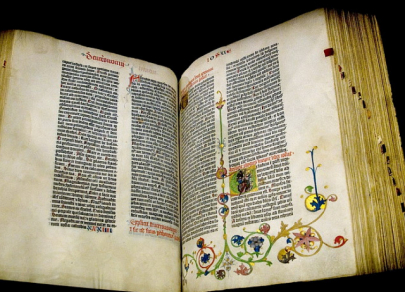FX.co ★ 8 world's oldest books
8 world's oldest books
Etruscan Gold Book (c.600 BC)
The author of the book is unknown. The book contains 6 sheets of 24-carat gold each with illustrations of mermaids, harps, horse-riders, and soldiers. The Etruscan Gold Book was discovered in southwestern Bulgaria at the beginning of the twentieth century. Today it is displayed in Bulgaria's National History Museum. The authenticity of the manuscript has been confirmed proving that it was created 2500 years ago.
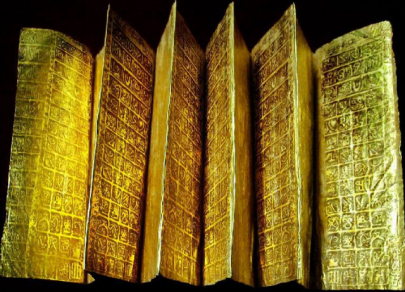
Pyrgi Tablets (c.500 BC)
Pyrgi Tablets are three gold plates with the inscriptions in the Etruscan and Phoenician languages. They date back to the beginning of the 5th century BC. The plates were found in 1961 during excavations of the Etruscan port of Pirgi on the coast of the Tyrrhenian Sea in Italy. Thefarie Velianas, king of the ancient city of Caere, created the book and dedicated it to the Phoenician goddess Astarte. Two plates contain inscriptions in Etruscan (the first includes 16 lines, the second - 9 lines) while the third plate is in Phoenician.
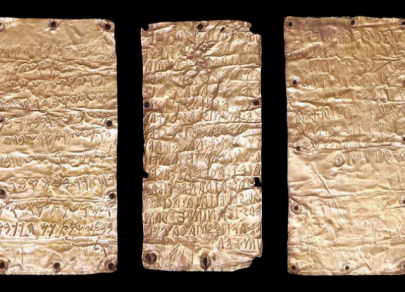
Codex Sinaiticus (c.330-360 BC)
Codex Sinaiticus, or the Sinai Bible, was written by several authors in ancient Egypt.
Codex Sinaiticus contains the Christian Bible in Greek with the incomplete version of the Old Testament and a full copy of the New Testament. Notably, the book is the most ancient parchment manuscript of the Bible. Codex Sinaiticus, along with other old manuscripts, is used by specialists for correcting and restoring the original Greek text of the Bible. The book was discovered in the Sinai Monastery in 1844 by German scientists Constantin von Tischendorf.
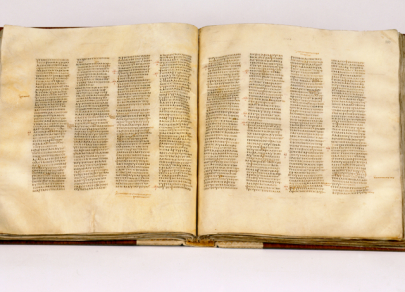
Nag Hammadi library (c.3d-4th century AD)
The creators of these papyrus codices are not known. They originated from Ancient Egypt and represent a collection of papyrus manuscripts found near the Egyptian town of Nag Hammadi in 1945. The book consists of 52 texts (45 with repetitive texts) including three works belonging to the Corpus Hermeticum and fragments from Plato’s Republic.
The Gospel of Thomas is the most famous and well-preserved part. The manuscript contains 37 unique texts. The discovery of the Nag Hammadi library has significantly influenced modern research of early Christianity.

Garima Gospels (c.330-650 AD)
The book is believed to have been written by monk Abba Garima who lived on the territory of modern Ethiopia. The two gospel books are recognized to be the oldest surviving Ethiopian manuscripts and also the earliest illuminated Christian (New Testament) manuscript found. The Gospels are housed in Ethiopia's Abba Garima Monastery near the town of Adwa. According to recent carbon-testing done by the University of Oxford, the manuscripts date back to between 330-360 CE
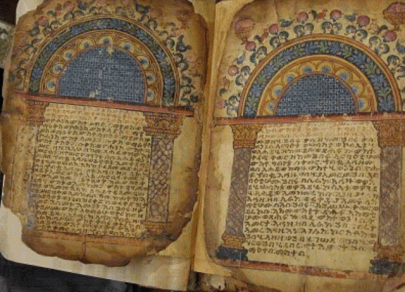
St. Cuthbert Gospel (c.7th century AD)
The author of the book is unknown and had presumably lived in the territory of modern Britain. The St.Cuthbert Gospel is an Anglo-Saxon manuscript containing the Gospel of John in Latin. The book is displayed in the British Library and is known as the earliest Western book to survive. This pocket gospel book is a 94 vellum folio bound in wood and covered with red leather. As the legend has it, the book belonged to St. Cuthbert and was rediscovered with the saint’s relics in 1104.
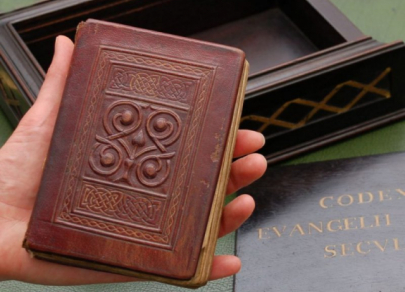
Book of Kells (c.800 AD)
Scholars believe that the book may have been written by the Irish (Celtic) monks.
The Book of Kells features complex and extravagant ornamentation and is one of the best examples of an illuminated manuscript. The book is composed of elegant miniatures and fancy ornaments and represents the masterwork of calligraphy and Celtic knots.
The book contains four Gospels in Latin, an introduction and interpretations, complemented by an impressive amount of color ornaments and miniatures. The manuscript is housed in the library of Trinity College in Dublin.
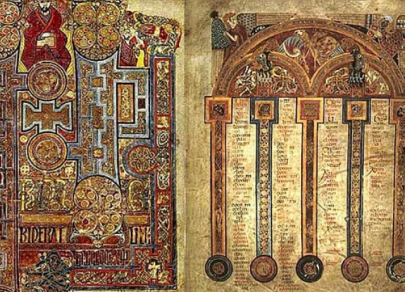
Gutenberg Bible (c.1450-1455)
The author of the publication is Johannes Gutenberg, a book printer from Germany and the first one in history who printed the Bible. Gutenberg Bible marks the beginning of the Printing Revolution in Europe. Among other first-printed books, it is distinguished by its exceptional quality of printing and design. The Bible is printed in Gothic type specially invented by Gutenberg. This movable metal type consists of 150-300 different characters and includes many ligatures and abbreviations that helped achieve a perfectly even printing.
